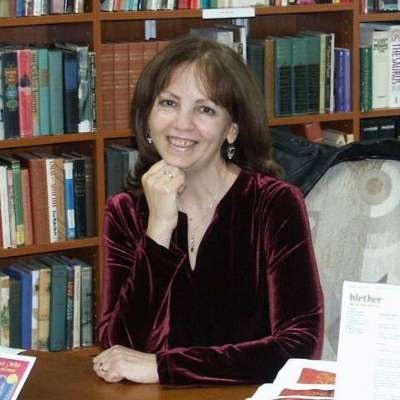The San Diego Symphony presented a glittering holiday gift to audiences with its final Jacobs Masterworks program of 2015, featuring the Brahms' Double Concerto and Berlioz's Te Deum, the first time the orchestra had programmed it. Just as noteworthy were the two soloists in the Brahms: SDS concertmaster Jeff Thayer and cello wunderkind Alisa Weilerstein.
Brahms dedicated his final work involving orchestra to Joseph Joachim, the most prominent violinist of the time. The two musicians had been extremely close friends, until a falling out had put a damper on their relationship. Brahms made a conciliatory attempt by proposing a double concerto for Joachim. The work succeeded in bringing the two former comrades back together, and along with cellist Robert Hausmann, Joachim performed the 1887 première of this “concerto for giant violin” with Brahms conducting.
Thayer ranks high on the list of classical music’s outstanding concertmasters who also excel as soloists (the late Joseph Silverstein, for 22 years the concertmaster of the Boston Symphony Orchestra, comes to mind). Thayer’s performance last season of Bruch’s Scottish Fantasy was striking in its virtuosity. MacArthur “genius grant” Fellowship award winner Weilerstein has captured the attention of classical music aficionados since her solo debut at the age of 13 with the Cleveland Orchestra. To the manner born (her father is former Cleveland Quartet founding violinist Donald Weilerstein), this arresting performer of both standard and contemporary repertoire with leading American and European orchestras is well known for her concerto commissions from major composers.
The two musicians showed equal stature musically, technically and interpretatively. Weilerstein’s characteristic grand physical gestures, evoking those of the late virtuoso cellist Jacqueline du Pré, are completely convincing: every motion portrays true feeling and deep connection with the music. By contrast, Thayer’s gestures are economical, yet appropriate for his elegant style. The two together shaped a formidable team, marrying their individual talents in a seamless rendering. Their synchronicity was staggering; they meshed together superbly on every note and phrase.
At almost double the length of the Brahms, Berlioz’s Te Deum fittingly dominated the second half of the program. Known for his ability to create spectacle and pageantry in his compositions, often with the use of staggering numbers of performers, Berlioz also was keen on portraying the music’s architecture: the spatial relationship between the notes themselves, and their auditory origins. He melded these elements in his liturgical works, the most colossal of which are the Requiem and the Te Deum.
The latter work may be less well known, but it is equally dazzling. In it Berlioz utilized some of the music originally intended as a secular piece singing the praises of Napoleon Bonaparte, in a grand setting of a hymn of devotion dating from medieval times. Scored for three separate choruses (in this case a massive triple chorus), an orchestra in which brass, woodwinds and percussion sections are highly augmented, a solo tenor, and an extremely prominent organ, the total effect is of a showpiece of titanic proportions.
Jahja Ling masterfully commanded these troops without seeming overly controlling, allowing the music to surge forth, and providing the opportunity for the vast numbers of performers (admittedly less than the 900-plus that Berlioz led in the 1855 première, but nonetheless strikingly powerful) to display their full collective potential. To the standard six-movement setting, Ling chose to add two seldom-performed movements, Praeludium and March, traditionally used in Berlioz’ time to honor military victories: somewhat superfluous but nonetheless spirited examples of Berlioz’ unique style.
In the opening, Ling elicited maximum sound from the booming chords of the orchestra and organ, provided stark contrast with juxtaposed hushed tones, seamlessly transitioned into the organ prelude introduction to the Tibi omnes, and then brought out the poignancy of the cry for mercy in the Dignare. The maestro sustained magnificence and breadth through the massive fugal Judex crederis, the longest and most grandiose of the eight movements, emphasizing the movements’ bizarre rule-breaking harmonic wanderings to portray the terrorizing aspects of the Day of Judgement.
John Russell’s light, pleasing tenor graced the Te ergo quoesumus section. Excellent organist Chelsea Chen immediately grabbed the attention and sustained it throughout, providing the glue for the amassed orchestral and choral forces. The San Diego Master Chorale, always impressive, gave a powerful rendering of epic proportions, in passages reminiscent of monumental choral sections in Berlioz’ most popular opera, Les Troyens.
With such a virtuoso display of orchestral and choral might in a rarely heard religious work filled with majestic splendor and grandeur, Sunday morning’s holiday church service might well be considered superfluous.


